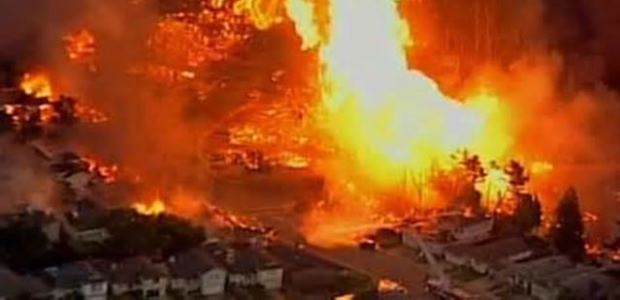
PHMSA Panel Meeting Next Week on Integrity Management Rule
The proposed Safety of Gas Transmission and Gathering Pipelines rule would set new IM requirements for these pipelines that are not in high consequence areas (HCAs), and it proposes a new "moderate consequence areas" definition.
The Pipeline and Hazardous Materials Safety Administration’s Gas Pipeline Advisory Committee will hold a public meeting June 6-7 in Arlington, Va., to continue its discussion of the agency's proposed "Safety of Gas Transmission and Gathering Pipelines" rule. Intended partly to take into account the National Transportation Safety Board's report on the San Bruno, Calif., pipeline explosion in September 2010, the rule includes new integrity management (IM) requirements for gas transmission and gathering pipelines that are not in high consequence areas (HCAs).
PHMSA's notice of the meeting said it believes the current regulatory requirements applicable to gas pipeline systems have increased the level of safety associated with the transportation of gas, but incidents with significant consequences and various causes continue to occur on gas pipeline systems, and it has identified concerns during inspections of gas pipeline operator programs, prompting this action to raise the level of safety for pipelines that are not in HCAs and to clarify IM requirements to improve safety in HCAs.
The agency had published an ANPRM on Aug. 25, 2011, but five days later, the National Transportation Safety Board adopted its report on the San Bruno accident and issued numerous safety recommendations. In addition, Congress passed the Pipeline Safety, Regulatory Certainty, and Job Creation Act of 2011 in January 2012, including in it requirements related directly to the topics addressed in the ANPRM.
The proposed rule addresses several IM topics, including: revised IM repair criteria for pipeline segments in HCAs to address cracking defects, non-immediate corrosion metal loss anomalies, and other defects; explicitly including functional requirements related to the nature and application of risk models currently invoked by reference to industry standards; adding requirements for monitoring gas quality and mitigating internal corrosion and for external corrosion management programs including above-ground surveys, close interval surveys, and electrical interference surveys; and explicitly including requirements for management of change currently invoked by reference to industry standards.
With respect to non-IM requirements, this rule proposes a new "moderate consequence areas" definition, adding requirements for monitoring gas quality and mitigating internal corrosion; adding requirements for external corrosion management programs including above-ground surveys, close interval surveys, and electrical interference surveys; additional requirements for management of change, including invoking the requirements of ASME/ANSI B31.8S, Section 11; and establishing repair criteria for pipeline segments located in areas not in an HCA.
The overall goal of the proposed rule is to increase the level of safety associated with the transportation of gas by proposing requirements to address the causes of recent incidents with significant consequences and clarify and enhance some existing requirements, according to PHMSA.
Eight people in San Bruno, Calif., died when a 30-inch natural gas transmission pipeline owned and operated by PG&E exploded. The explosion and fire also damaged 70 homes and destroyed 38 homes.